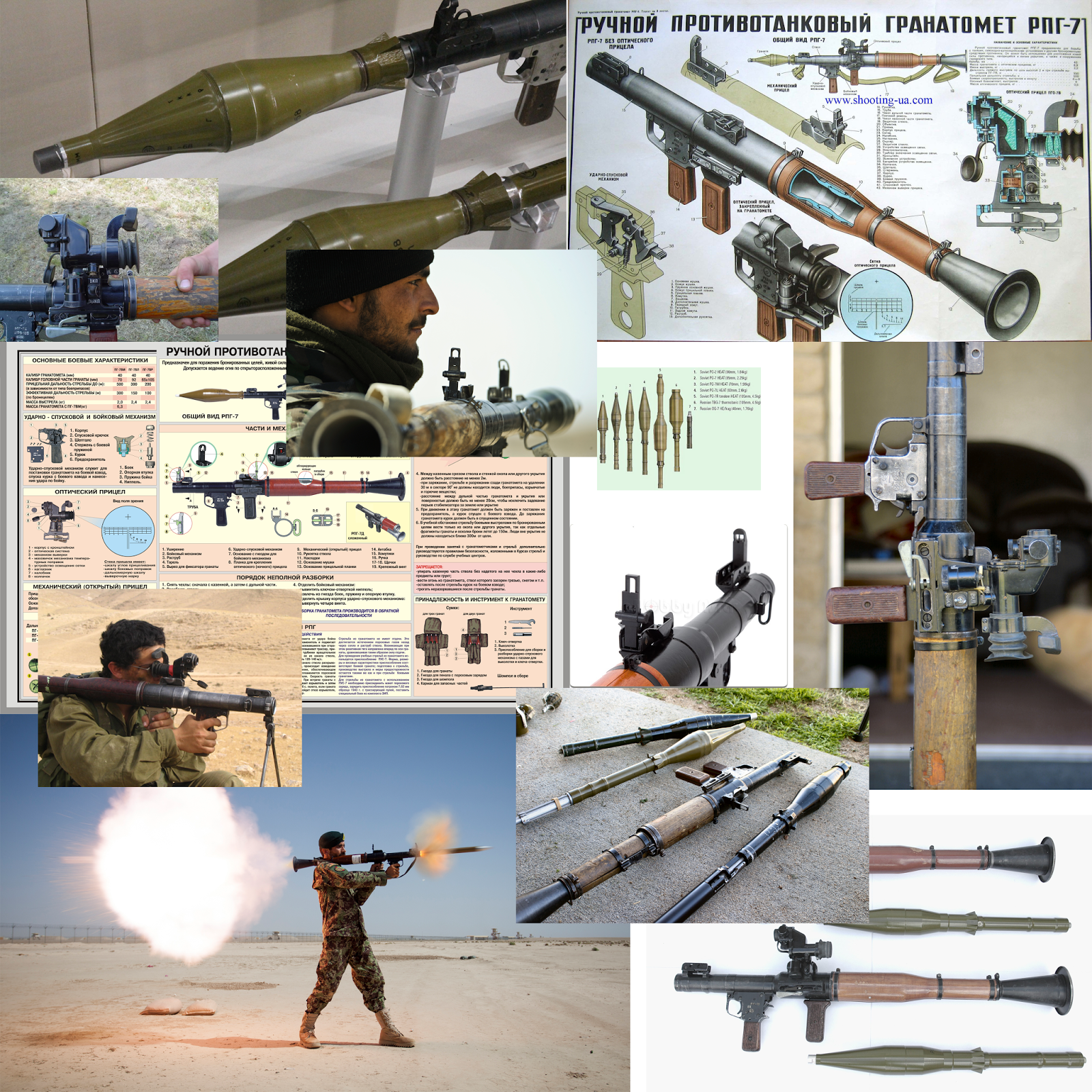Its been a fair while since I last added to my blog, and that's because I've been really busy making lots of things in Maya! Since I have started BA8, along with some concept art, I have begun work on many assets I plan to include in my diorama. These items include; a low, and high-poly sandbag, a modular section of barbed wire, a Lasgun, a generic Imperial Guardsmen, a Leman Russ Battle Tank, a frag grenade, with and without it's pin, a few basic mock-ups of the landscape, a repeatable piece of trench duckboard and an Autocannon. I enjoy what I am doing and get so engrossed in it that I often neglect my blog in favour of just doing more modelling. I don't know if what I am doing is 'enough' to secure myself a decent mark at the end of this, but I am spending most of my daily hours on BA8.
I find it amusing how my work now reflects with the work I was doing in my 2nd year 'WW1 Trench project'. I think it was BA6, when we had to take what we had made in Game Design Document, and realise some of its content in 3D. I really had fun with the project and did work that I am still proud of today. In the project, I planned to create a section of a front line British trench, fully modelled and textured, with a little officer's dugout and a machine gun position. By the end of the project, I had to reign in my ambitions and scaled down the amount of work I did considerably. I had a selection of objects, some finished, some unfinished, but no actual environment within which to place them. I made things such as, SMLE rifle, a cavalry lance, a hand grenade, a rum ration bottle, a generic wooden crate, a crate with the lid removed, revealing more rum bottles nestled within it, a British 'Brodie' helmet, a sword-bayonet, a section of duckboard, a petrol can, and a 'jam tin bomb'. A few models were unfinished at the time of submission, I had the beginnings of a Mk.1 tank, shell craters, tank traps, barbed wire etc. Just listing objects I have made in BA6 and BA8, there are many similarities! Perhaps this is what I enjoy doing the most! I do see the duality of what I am doing in BA8 compared to BA6, and need to take care not to repeat myself, by setting my goals too high and ending up with an unfinished project.
Returning to what I have been doing recently, I have been switching between steadily working away on different models of my choosing. As of today, none of my models are in a state of 'completion'. But there is a lot in my scene, so this doesn't bother me too much . On the mention of my scene in general, I must say that I need to define my scene more exactly. At present, I don't have a crystal clear idea of whats 'happening' in my diorama. I have thought about it somewhat, but am not happy with my lack of clarity. I have done four quick sketches but am still not satisfied with any of them. These events concern me as this is a problem I had with my 'trench project', and it was a problem that was never resolved. I think what I need to do is just draw lots more, come up with ideas and refine them into solid images. I find 'just drawing' very hard now, as I am so used to working in Maya, everything else seems a bit irrelevant. So I procrastinate by doing more modeling!
 |
| Modular barbed wire |
 |
| Autocannon |
 |
| Frag grenade |
 |
| Lasgun |
 |
| Leman Russ Battle Tank |
 |
| Sandbag: low and high poly versions |
 |
| Soldier character model |



















